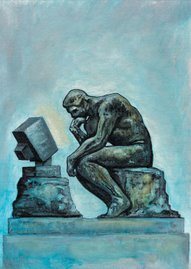3.Disjunctive Syllogism – A syllogism whose major premise is a disjunctive proposition.
a.It is a strict disjunctive if only one among the alternatives enumerated in
the major premise is true. For the disjunctive syllogism in the strict sense
the following rules are applicable:
Rule 1: If the minor premise posits one or more members of the
major premise, the conclusion must sublate each of the other
members.
It is either A or B. It is either A or B or C.
But it is A. But it is A.
Therefore it is not B. Therefore it is neither B nor C.
Rule 2: If the minor premise sublates one or more of the members
of the major premise, the conclusion posits the remaining
members, one of which must be true.
It is either A or B. It is either A or B or C.
But it is not A. But it is not A.
Therefore it is B. Therefore it is either B or C.
b.It is a broad disjunctive if at least one alternative among those
enumerated in the major premise is true but more may be true. In a
disjunctive syllogism in the broad sense, the major premise is a
disjunctive proposition in the broad sense. There is only one valid
procedure: to sublate one (or more – but not all) of the members in the
minor and posit the remaining member or (members) in the conclusion.
If more than one member remains, the conclusion itself must be a
disjunctive proposition in the broad sense.
It is either A or B or C or D – at least one of them
But it is neither A nor B;
Therefore it is either C or D – at least one of them.

Nuk ka komente:
Posto një koment